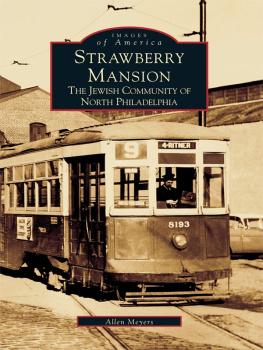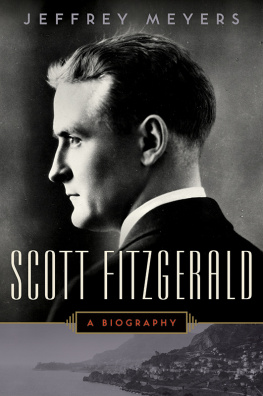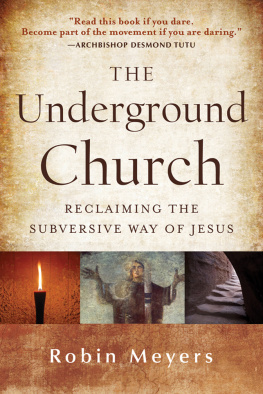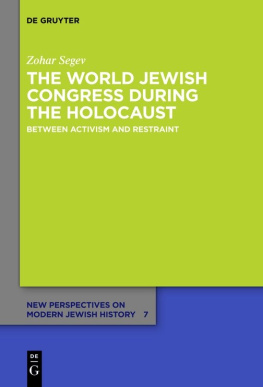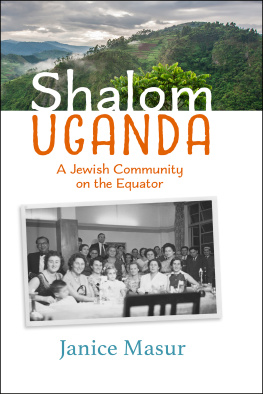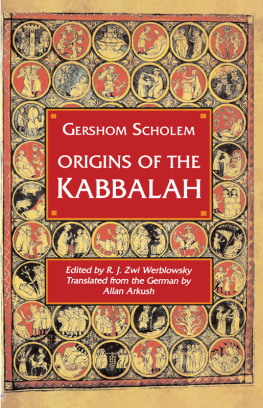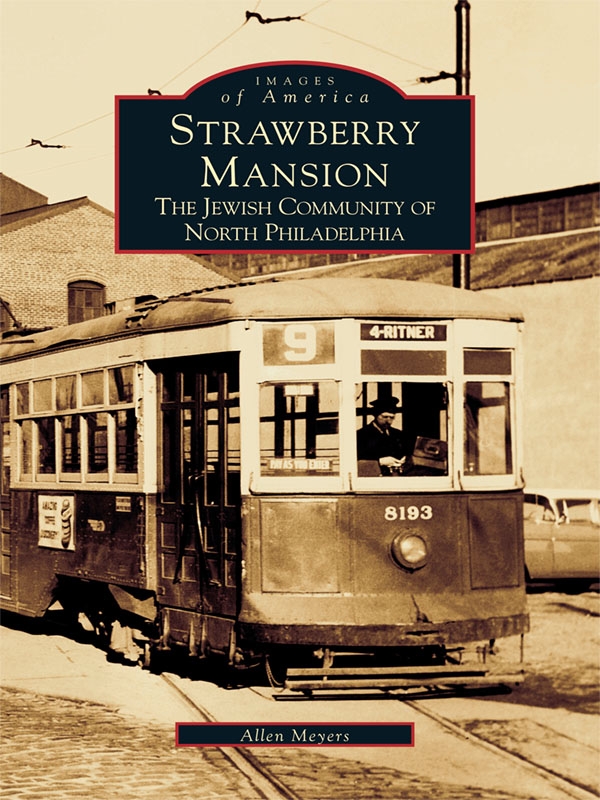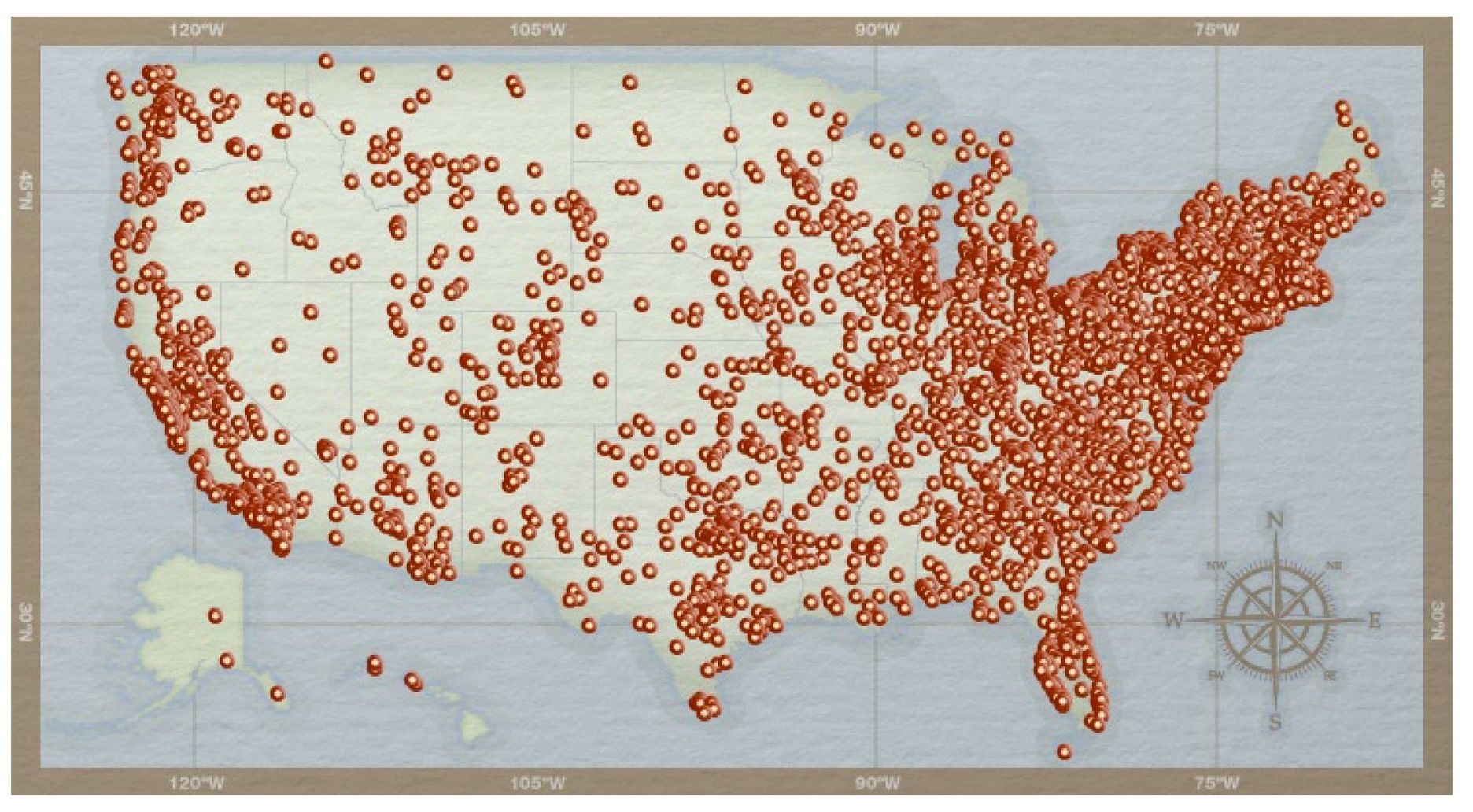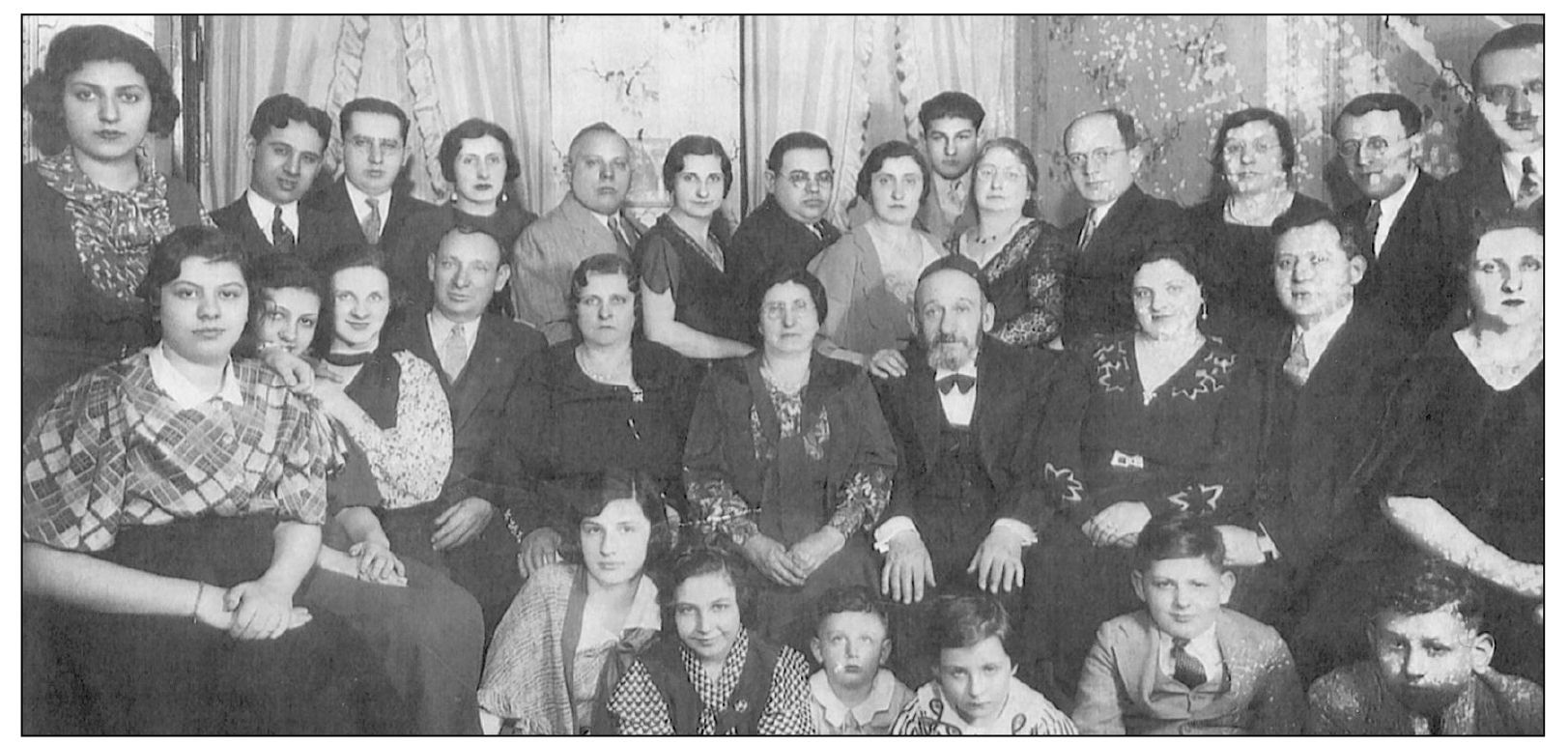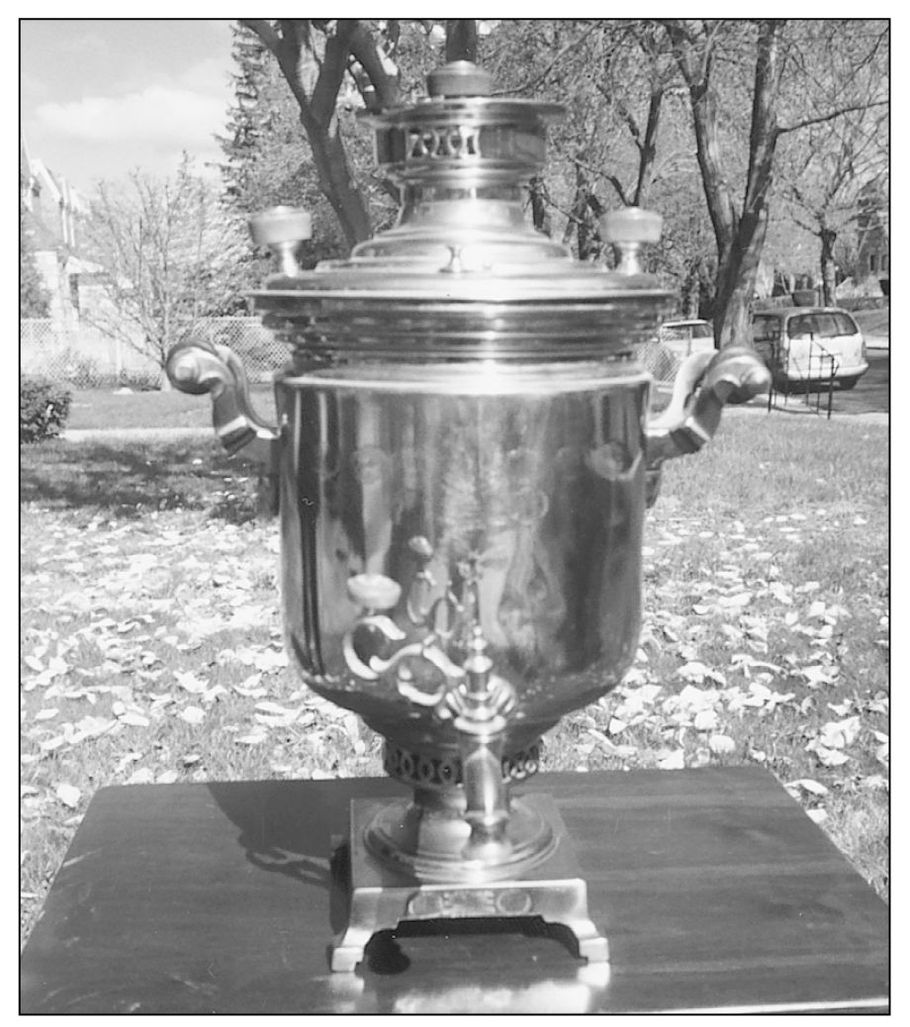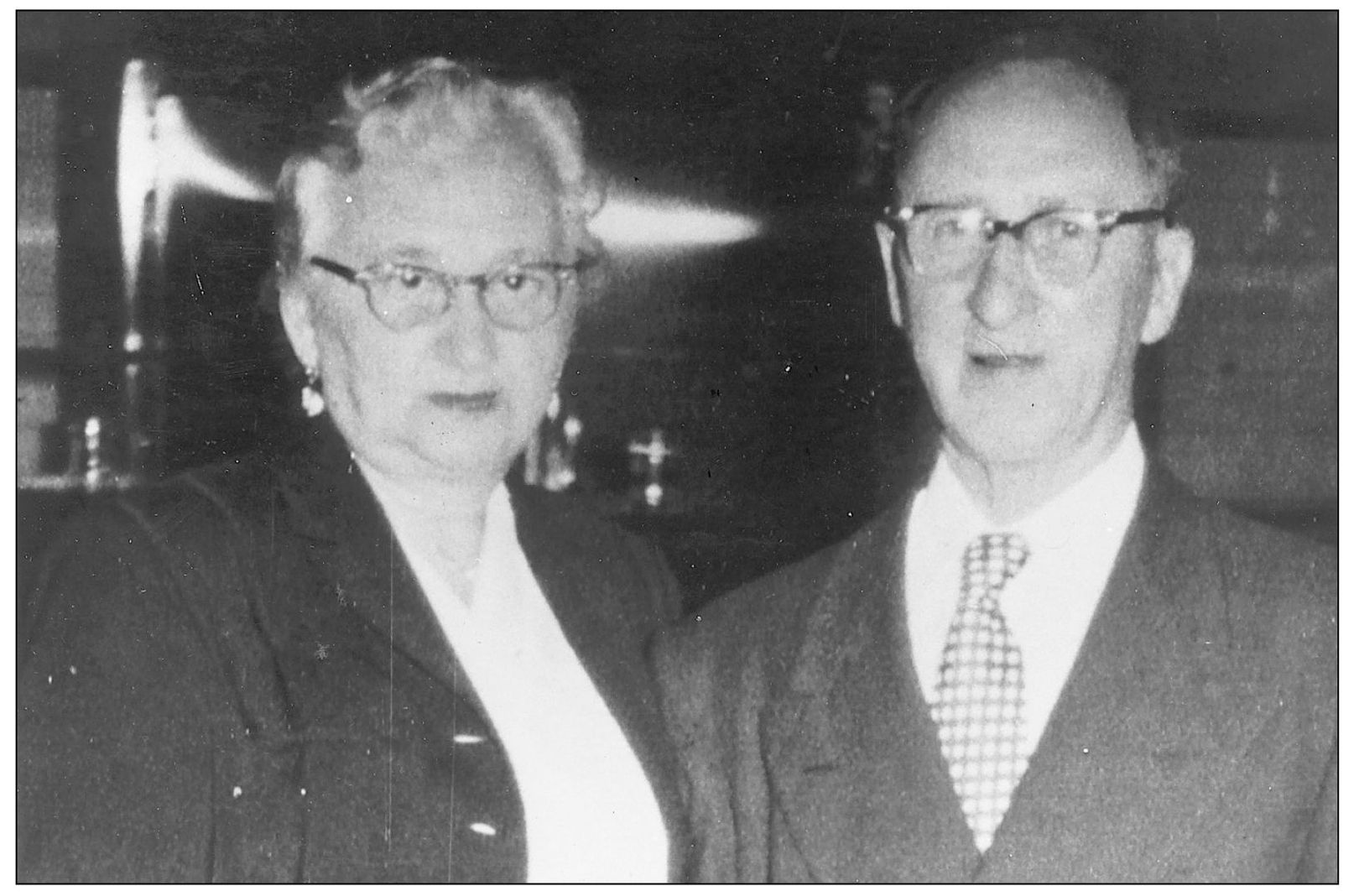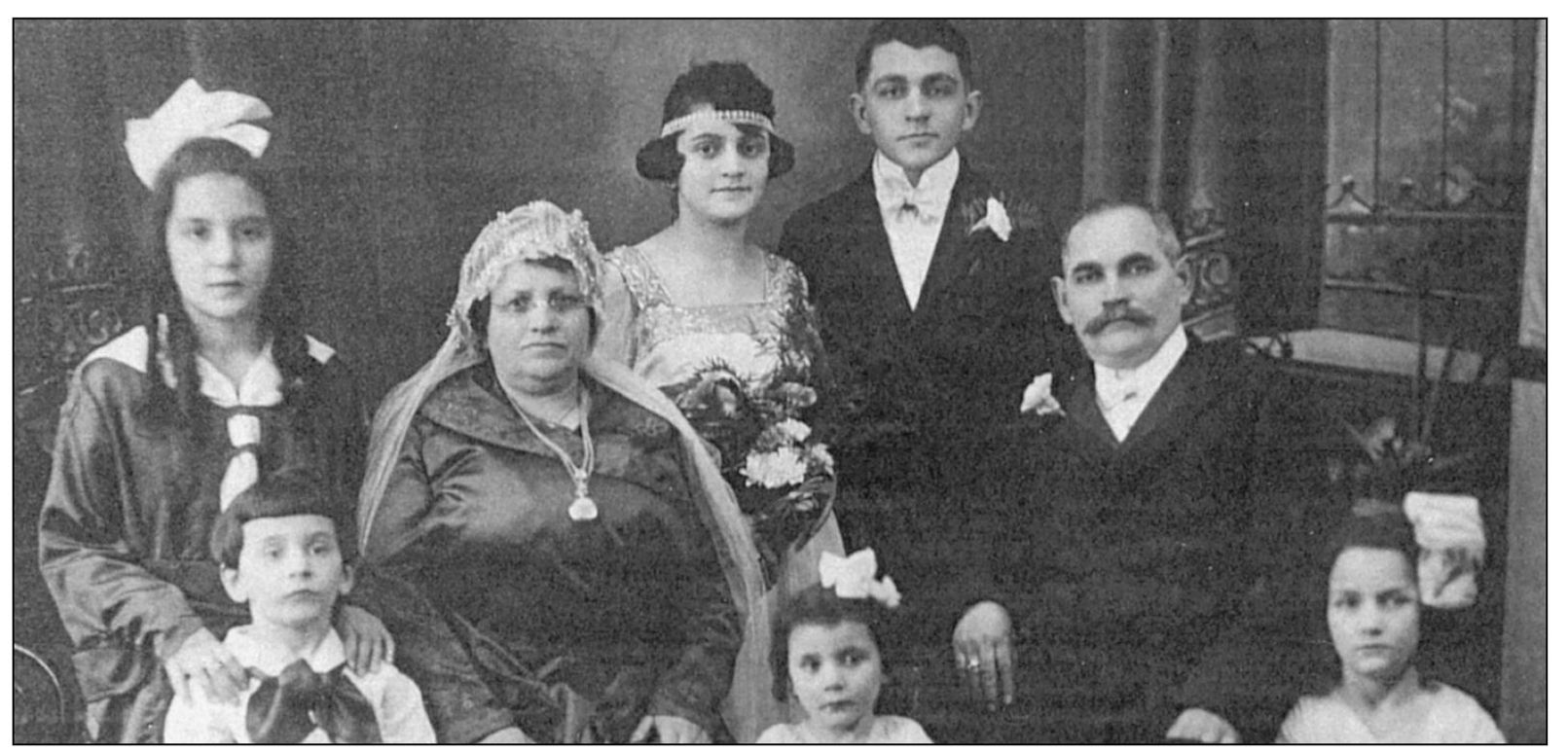ACKNOWLEDGMENTS
How did these photographs become a book? More than 20 years ago, as a graduate of Gratz Hebrew College, I wrote a term paper on my own familys migration around the city, which mushroomed into a lifetime avocation that explored Jewish history of the Greater Philadelphia and South Jersey region. At the outset of the release of my first book with Arcadia, Images of America: The Jewish Community of South Philadelphia in October 1998, the conversations began amongst my dearest friends, Donald and Bettyann Gray, who provided a large dose of encouragement. Donald posed the question, What about a book on Strawberry Mansion? Donald, a former resident of Strawberry Mansion, offered to have his many friends join the search for family albums of those who now live in Elkins Park, Huntingdon Valley, Lower Merion, and Florida.
In October of 1998, I participated in the Barry Reisman Jewish Radio Program to promote my South Philadelphia book in a 10 minute radio spot that turned into a one hour program with scores of people calling the radio station with their own memories. Later that afternoon, Kal Rudman, a well-known personality, took over the microphone and pleaded that a similar book should be compiled on the Strawberry Mansion section of North Philadelphia.
This book was conceived as a tribute to the Power of Family and all the implications at the conclusion of the 20th century. Family values best portrayed this community, with many relatives living on the same block or around the corner, and they celebrated life cycle events on a daily basis with large family gatherings during the Jewish calendar year. The closeness and support for happy and sad times shared by a family is very important, even though many Strawberry Mansionites suffered many hardships including the Great Depression and considered themselves poor by todays standards.
I wanted to share the valuable lesson in life that my parents gave to me and my brother, Bryan Mitchell, while residing at 2206 Natrona Street, Thirtieth and York, and 2519 N. Spangler Street in the 1950sa sense of belonging and pride in the community where we lived.
There are hundreds of people who shared in the quest to portray the area affectionately known as the Mansiona place we once called home! Special thanks to each one of the contributors to this book who took the time to be interviewed at their homesusually at their kitchen tables over a cup of coffee. Pearl Himmel is one of those special people who deserves credit. For many years, Pearl dedicated time to her book ( A Special Time, A Special Place) , preserving memories of the neighborhood. She gave her full support in locating photos through the many people she reached over the years; her help was invaluable! Pearl deserves a publisher for her work, and I hope to find one!
The greatest help came from my own family. Little did I know that both of my parents would pass away during this time. My parents gave me the strength to carry out this mission, and many people in the community bolstered me when they learned that both my parents had passed away within weeks of each other, early in 1999. Individuals in the community gave me the courage to complete this work through the many tears I shed while typing this book. My wife, Sandy, deserves the most credit because she helped me face reality when she said, in the middle of April 1999, your parents Leonard and Esther Meyers are together. The Power of Family finally hit home!
Allen Meyers
Sewell, NJ
Find more books like this at
www.imagesofamerica.com
Search for your hometown history, your old
stomping grounds, and even your favorite sports team.
One
COMING TO STRAWBERRY MANSION
The Jewish population arrived in the area affectionately known as the Mansion in the early 20th century. Upward economic mobility by the German and Irish inhabitants to newer neighborhoods allowed German Jews to settle on Thirty-third Street near Montgomery Avenue. Eastern European Jews flocked to the Mansion to separate themselves from the crowded conditions in South Philadelphia at the end of the new Number 9 trolley car line that ran from South Philly in the early 1910s. Strawberry Mansion became the largest secondary Jewish immigrant district, with 50, 000 Jewish inhabitants, after World War I. The expansion continued in the 1920s as the Mansion developed as a primary settlement district with new immigrants arriving from around the world. After World War II, Holocaust survivors joined newly married, second generation Eastern European Jews in the community. In the late 1950s, as the black community moved into the area, the Jewish community moved out of the area. The remaining Jewish residents moved out of the Mansion immediately after the North Philadelphia race riots near Broad and Columbia Avenues, in 1964.
Pearl and Abraham Sagalow came from Russia in 1912 and settled in Strawberry Mansion. The Sagalow family celebrated their 50th wedding anniversary with a family portrait at 3217 Page Street that included the Lieberman, Brod, Peray Rosen, Ledis, Spikol, Elkins, Cohen, and Sagalow families, shortly after they arrived in America. Abraham believed that family was community, and he sold his house in Russia to ensure the safe passage of family members on their way to America. He wanted no one left behind! (Courtesy of Marcia Brod Goldman and family.)
The samovar, a vessel surrounding a charcoal hearth to heat hot water, became a welcome sign for many Russian immigrants to America, according to Old World traditions. Another tradition included lodging a sugar cube between ones front upper and lower teeth while sipping tea. Leah and Israel Auerbach schlepped (transported) their samovar to Fairmount Park on Thirty-third Street and dispensed many cups of tea at picnics in the spring and summers from 1920 to 1940. (Courtesy of Bernie Auerbach.)
Leah and Israel Auerbach came from Russia and lived a quiet life in Strawberry Mansion. The emphasis in those days was on family life and the education of children. Israel was elected president of the Aitz Chaim Zichron Jacob Synagogue at Thirty-second and Cumberland Street, but he refused to accept the office because he managed the American Grocery Store at Thirty-first and York Streets on Saturdays. Instead, Israel accepted the treasurers post. The Auerbachs son, Bernie, became the vice-principal at the Blaine Elementary School at Thirtieth and Norris Streets. (Courtesy of Bernie Auerbach.)

